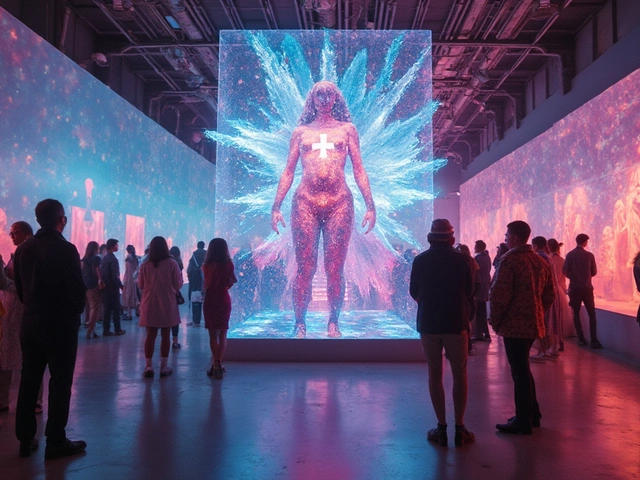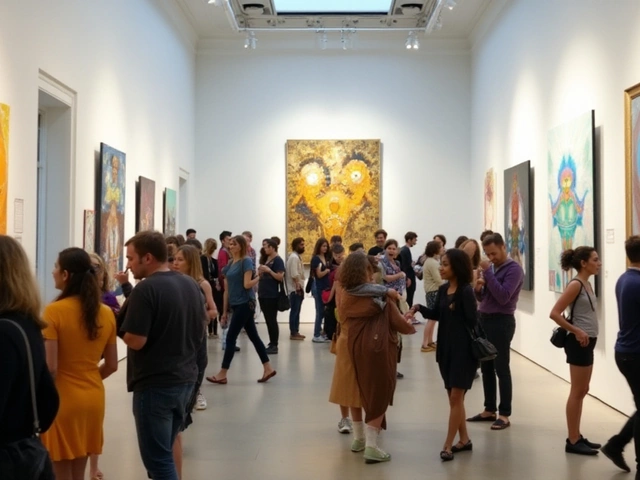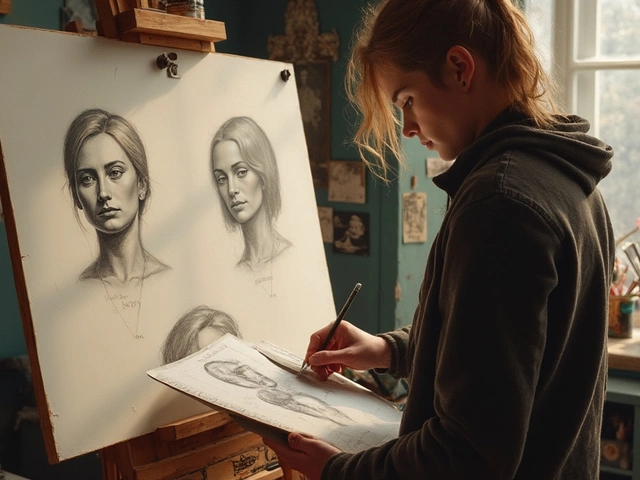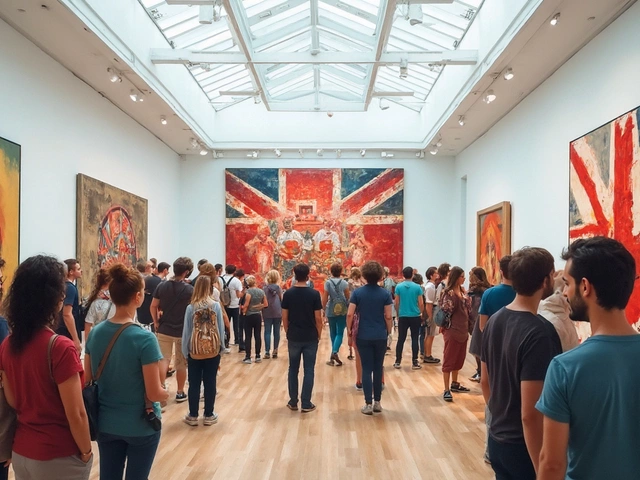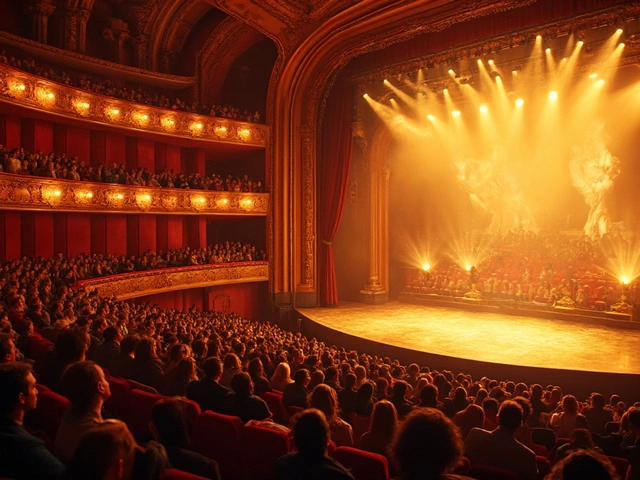Artists – Styles, Techniques, and Opportunities
When talking about Artists, people who create visual works using various media and concepts. Also known as visual creators, they shape culture, sell ideas, and keep traditions alive. Digital art, art made with computers, tablets or software is a fast‑growing branch that lets artists reach global audiences instantly. Sculpture, three‑dimensional works carved, modeled or cast from materials like stone, metal or clay adds physical presence to their vision. Landscape painting, depictions of natural scenes that may include people, light and atmosphere blends environment with storytelling. Finally, Abstract art, non‑representational pieces that focus on shape, color and emotion challenges viewers to feel rather than identify. Artists therefore cover a wide range of practices, each influencing the others in surprising ways.
The rise of digital art shows how technology changes creation. Artists need a computer or tablet, software like Photoshop or Procreate, and an eye for screen‑friendly composition. This medium opens revenue streams such as NFTs, prints, and subscription services – a pattern you’ll see in many of our posts. By contrast, sculpture demands physical tools: chisels, molds, welding gear, and safe studio space. Sculptors often collaborate with foundries or metalworkers to turn models into bronze or steel pieces. Both digital and physical practices share a core skill: the ability to translate an idea into a tangible form, whether pixels or marble. That shared skillset means a painter can experiment with 3‑D modeling, and a digital creator might explore hand‑carved wood, enriching their artistic toolbox.
From Scenic Views to Human Stories
Landscape painting isn’t just about pretty scenery. Artists use perspective, light, and color to guide the eye and evoke mood. Adding figures to a landscape creates a narrative layer – the viewer wonders who those people are and what they’re doing. Successful combos balance scale, placement, and colour harmony, so the human element feels natural, not forced. Many of our guides break down these compositional tricks, offering step‑by‑step tips for blending people into wide‑open spaces without losing the sense of place.
When you shift to abstract art, the rules flip. While it may look chaotic, artists often follow hidden guidelines—like using a limited palette, repeating motifs, or applying mathematical ratios—to keep the work coherent. Understanding these “rules of freedom” helps creators avoid random mess and gives viewers a foothold for interpretation. Our articles dive into the history of these guidelines, showing how modern masters balance instinct and structure to produce striking pieces that still feel purposeful.
Below you’ll find a curated list of articles that dive deeper into each of these areas. Whether you’re a beginner wanting to start oil painting, a seasoned digital creator looking for new revenue ideas, or a sculpture enthusiast curious about techniques, the collection offers practical advice, real‑world examples, and actionable steps. Explore the range, pick the topics that match your goals, and get inspired to create your next masterpiece.
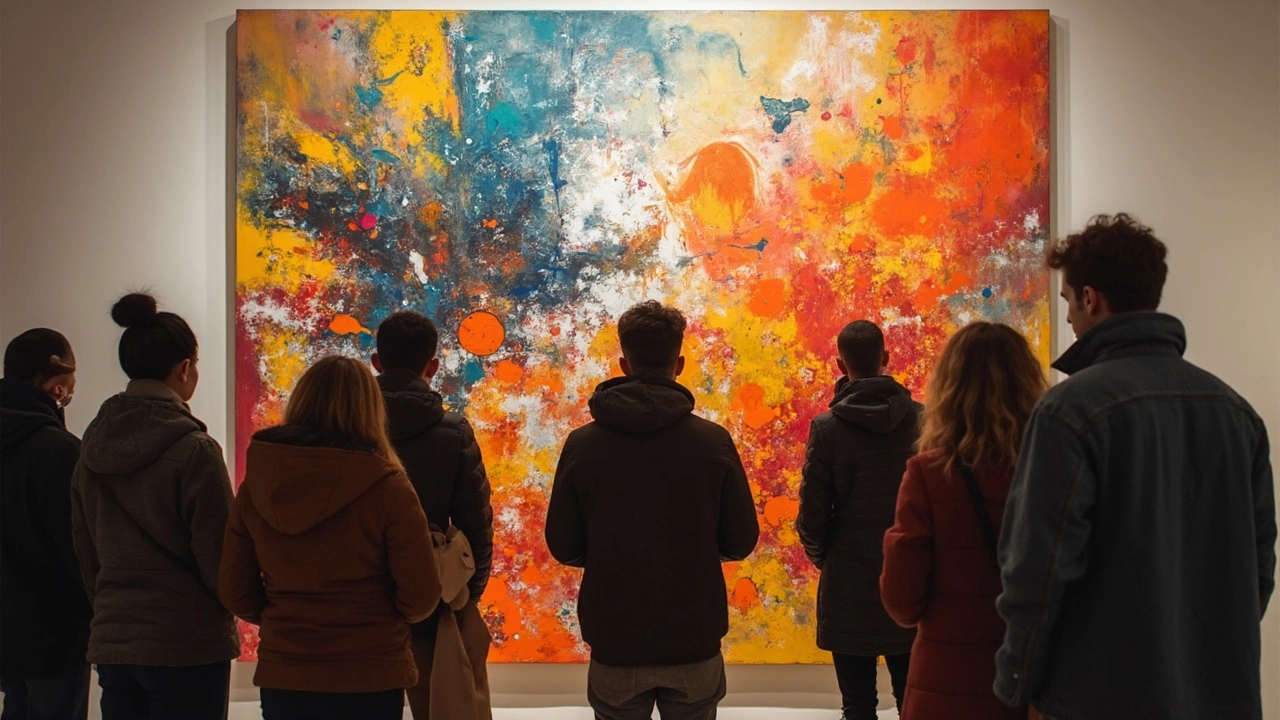
Ever wondered what really makes abstract art click? This article digs into the key of abstract art in a straightforward, down-to-earth way. You'll discover how it works, why artists choose to go non-representational, and what you can actually take away from those bold colors and wild shapes. Expect ideas you can put to use, some juicy facts straight from the art world, and ways to really look at abstract art so it makes sense. No overthinking—just clear, practical tips on what sets abstract art apart.
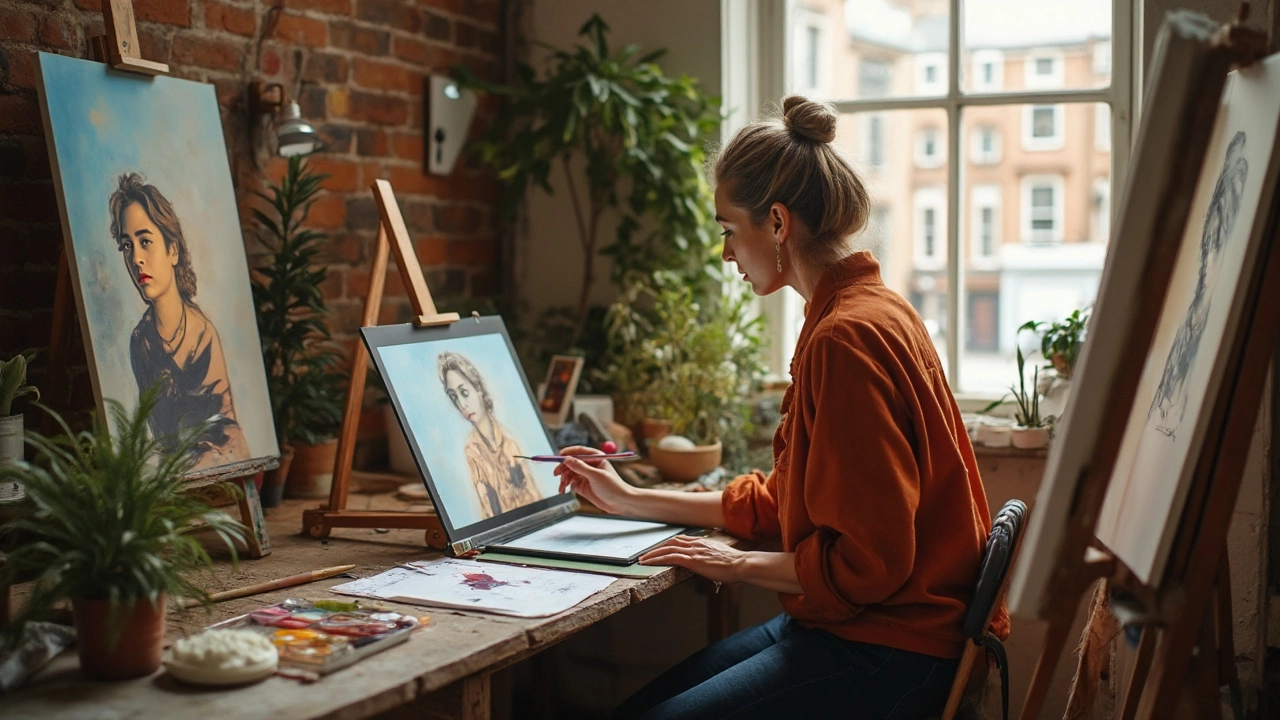
Portrait painting is an art form that evokes deep reflection on identity and expression, and yes, portrait painters still exist and thrive. They blend traditional techniques with modern technology, offering fresh perspectives in a digital world. This article explores the relevance of portraiture, delves into the lives of contemporary artists, and offers tips for connecting with your own inner artist. Get ready to discover how this timeless craft continues to captivate and inspire.
